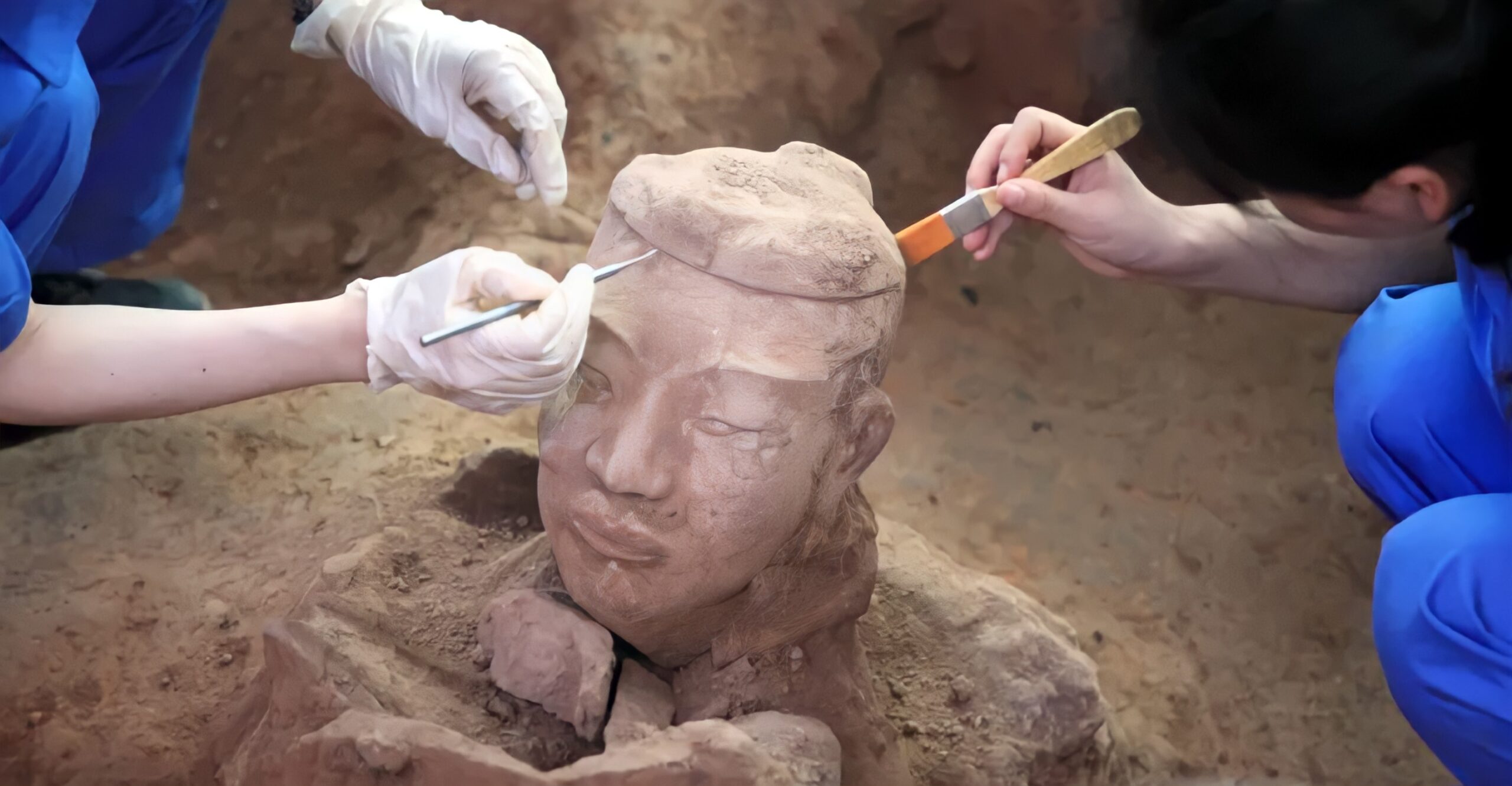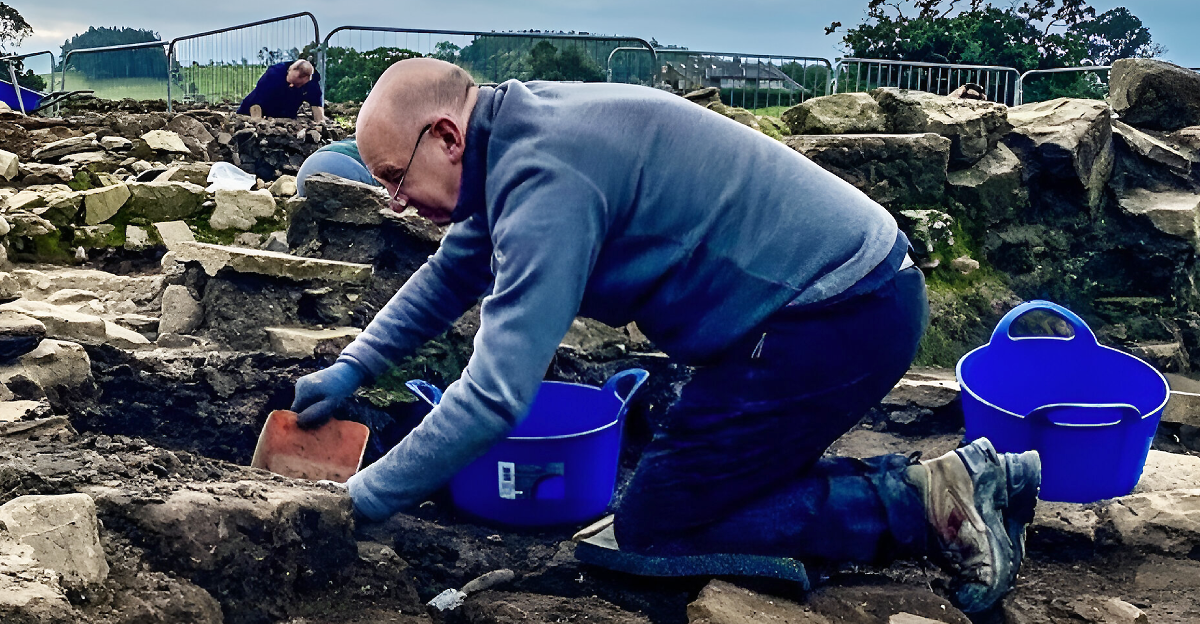
Archaeologists recently uncovered a remarkable collection of large Roman shoes at Magna Fort, near Hadrian’s Wall in northern England.
Among these finds is a shoe measuring nearly 13 inches (32.6cm) long, equivalent to a U.S. size 15 or European size 49, making it one the largest Roman shoes ever discovered.
These 2,000-year-old shoes, preserved in anaerobic soil conditions, are prompting new questions about the individuals who once wore them and the diversity of people stationed at this frontier of the Roman Empire.
The Discovery and Its Significance

According to Rachel Frame, the senior archaeologist for the Vindolanda Charity Trust, eight shoes from Magna are now recorded as 30 cm or longer, a size range rarely seen in other Roman shoe collections.
Frame described the discovery as “really unusual,” pointing out the mystery surrounding who these large-footed individuals might have been. The shoes were found in defensive ditches used as rubbish dumps, a typical Roman practice that helped preserve these organic artifacts remarkably well.
Dr. Elizabeth Greene, associate professor at the University of Western Ontario and footwear specialist, noted that these shoes are significantly larger on average than those from the nearby Vindolanda site, suggesting something unique about the Magna population.
Context of Magna Fort and Hadrian’s Wall
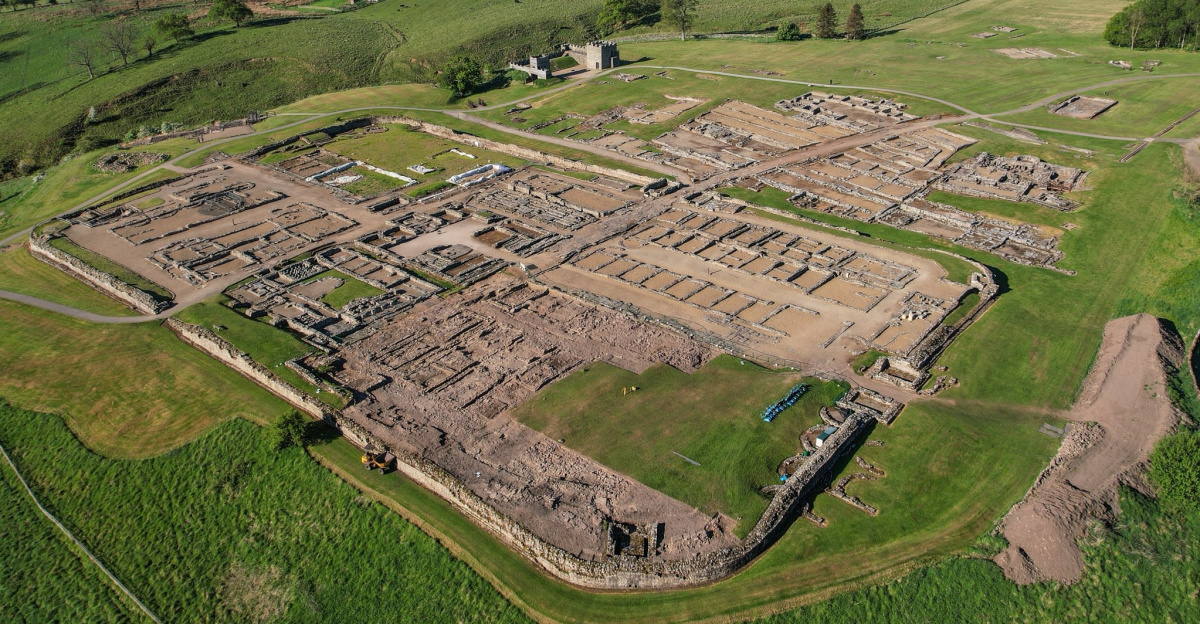
Magna Fort, built around 85 CE, was a strategic Roman military site guarding the junction between two major Roman roads near Hadrian’s Wall, which itself was constructed later in 122 CE.
The Wall marked the northern boundary of Roman Britain, protecting the empire from northern tribes. Over time, the fort housed various regiments and their families, with inscriptions indicating soldiers from diverse regions such as Syria, Croatia, Serbia, and the Netherlands.
This diversity may explain the presence of unusually large shoes, reflecting a mix of people from across the vast Roman Empire.
Preservation Conditions and Archaeological Methods
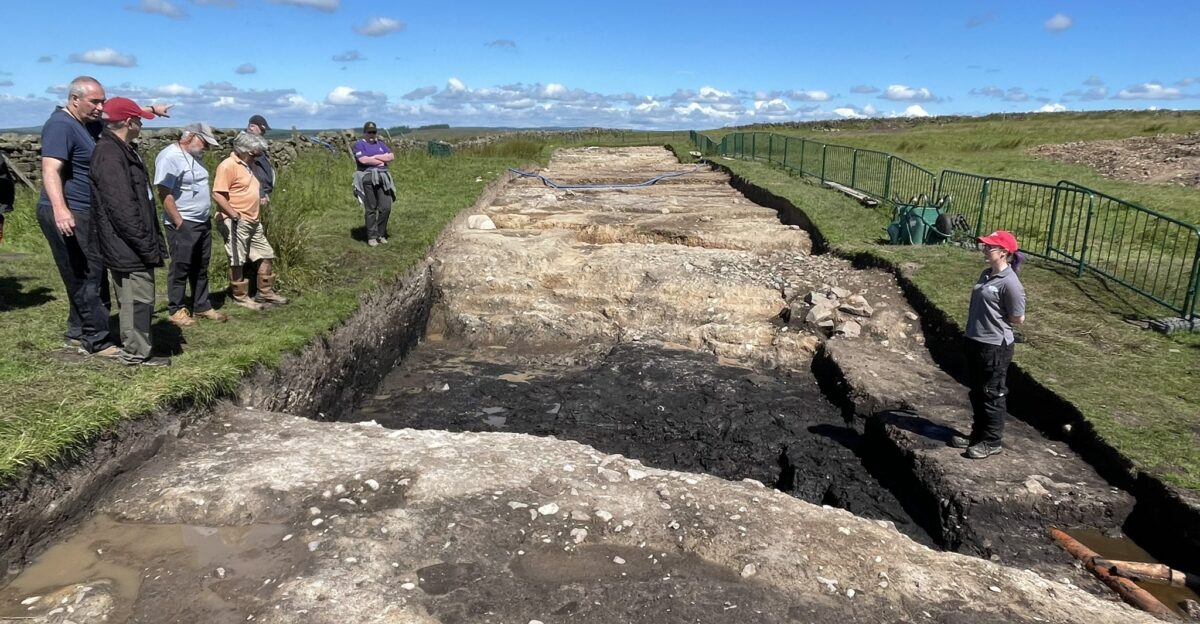
The exceptional preservation of these leather shoes at Magna can be attributed to the unique soil conditions at the site, which are low in oxygen and semi-anaerobic.
Under such conditions, organic materials like leather, wood, and textiles will not decay, allowing archaeologists to recover intact footwear after two millennia.
The Vindolanda Charity Trust, established in 1970, has been instrumental in excavating and conserving these artifacts, providing valuable insights into Roman military and daily life on the empire’s frontier.
The Mystery of the Giant Shoes
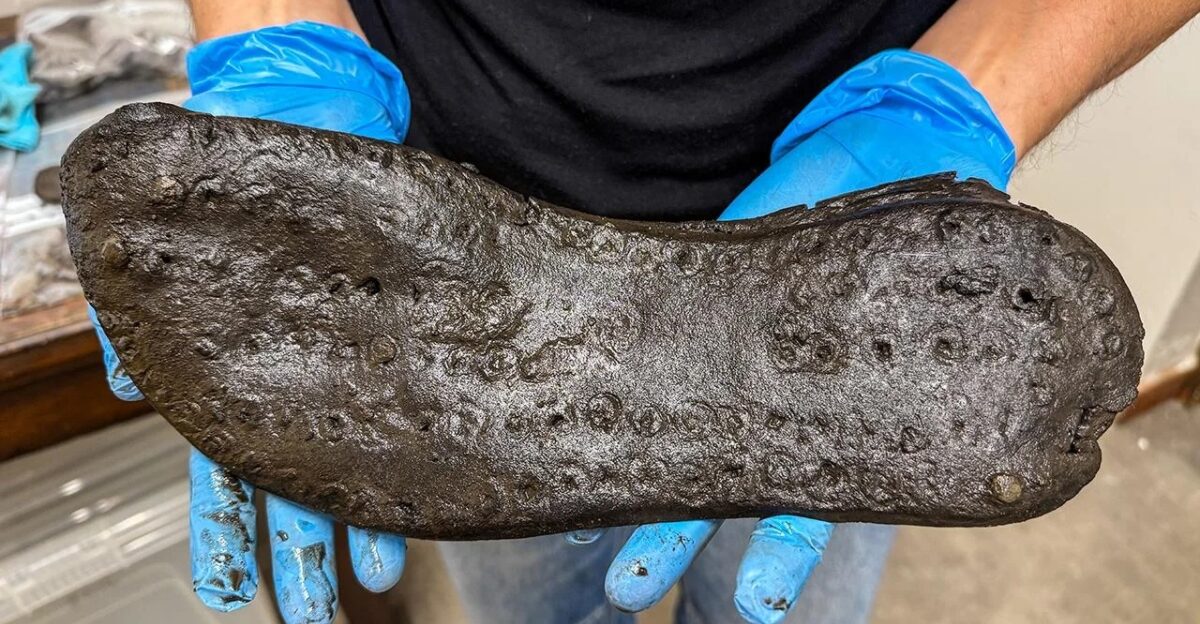
The discovery of multiple pairs of giant shoes at Magna has puzzled experts. Initially, archaeologists speculated that the shoes could have been stuffed for warmth or worn with very thick socks. Still, the variety of styles and the consistently large sizes suggest they truly belonged to individuals with very large feet.
This raises intriguing questions about the physical stature of some Roman soldiers stationed at the northern frontier, challenging assumptions that ancient populations were uniformly smaller than modern humans.
Insights into Roman Military Life
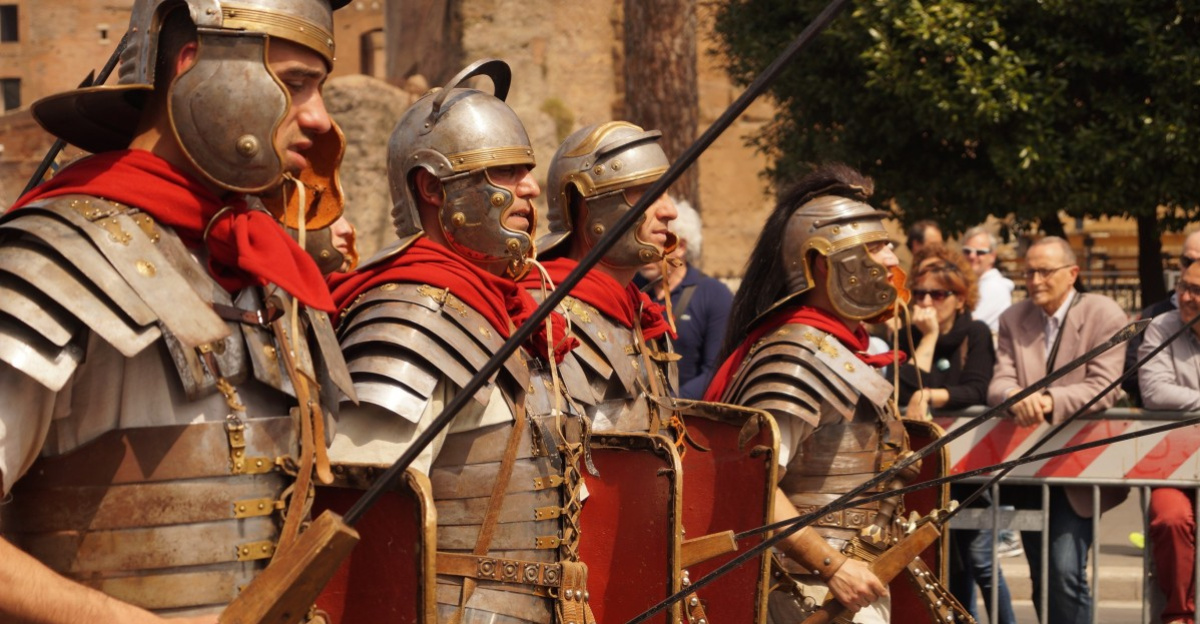
The size and number of these large shoes hint at the possibility that a distinct group or regiment with larger-than-average soldiers was stationed at Magna.
The Romans recruited soldiers from across their empire, so it is plausible that some units included men of exceptional height or foot size.
These findings add a new dimension to our understanding of Roman military diversity and logistics, including the challenges of equipping soldiers with appropriate footwear.
Broader Cultural and Historical Implications
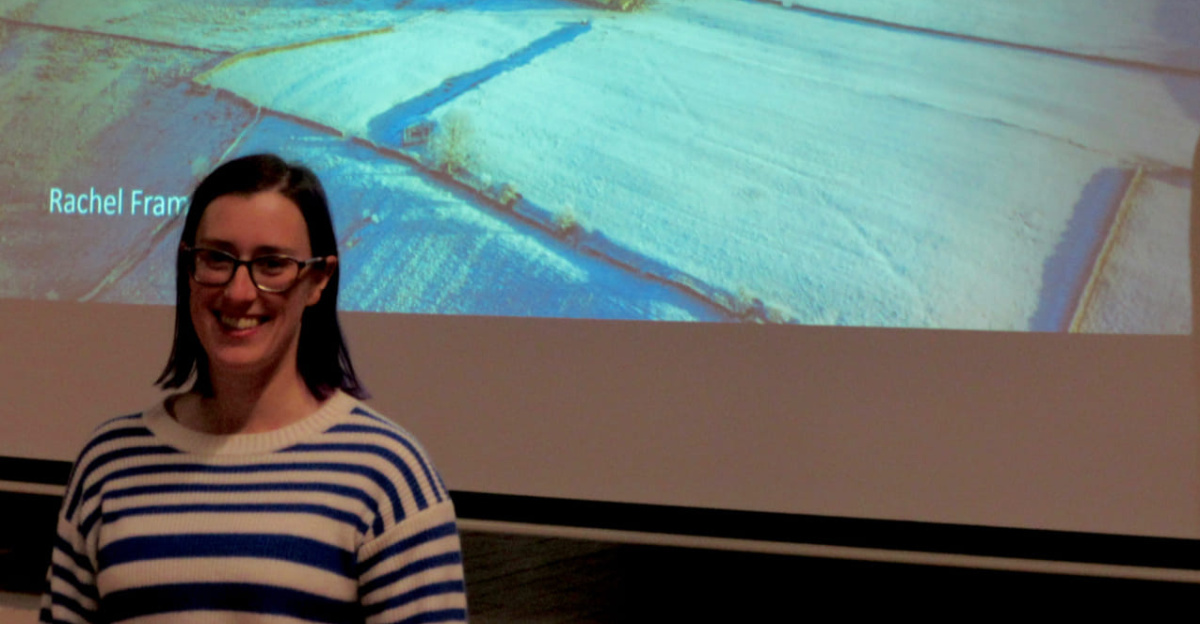
Rachel Frame pointed out that the Roman Empire was vast and culturally diverse, encompassing many people beyond the stereotypical Italian image.
The presence of large shoes at Magna may reflect this diversity, with soldiers from different ethnic backgrounds and physical characteristics converging at the fort.
This discovery encourages a broader view of Roman Britain as a multicultural frontier rather than a homogenous outpost.
Additional Artifacts Unearthed at Magna
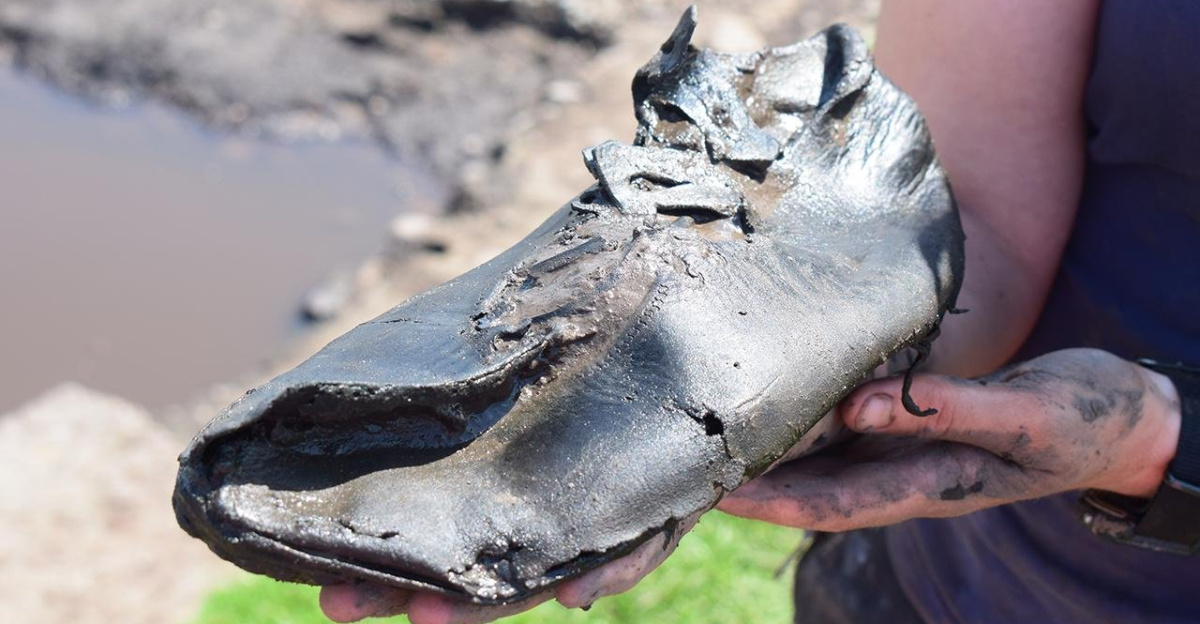
Alongside the giant shoes, archaeologists have found other artifacts, such as a boxwood comb, which indicate the daily lives and personal grooming habits of those stationed at Magna.
These finds ennrich the narrative of life at the roman frontier, illustrating that the soldiers and their families left behind a variety of belongings that help reconstruct their world.
Expert Commentary on the Finds

Dr. Elizabeth Greene remarked on the significance of the shoe collection, stating, “There is something very different going on here at Magna… these shoes are much larger on average than most of the Vindolanda collection.”
Her expertise underscores the unusual nature of the finds and their potential to reshape our understanding of Roman frontier populations.
Rachel Frame also expressed enthusiasm about uncovering more clues regarding the regiments stationed at Magna and their unique characteristics.




